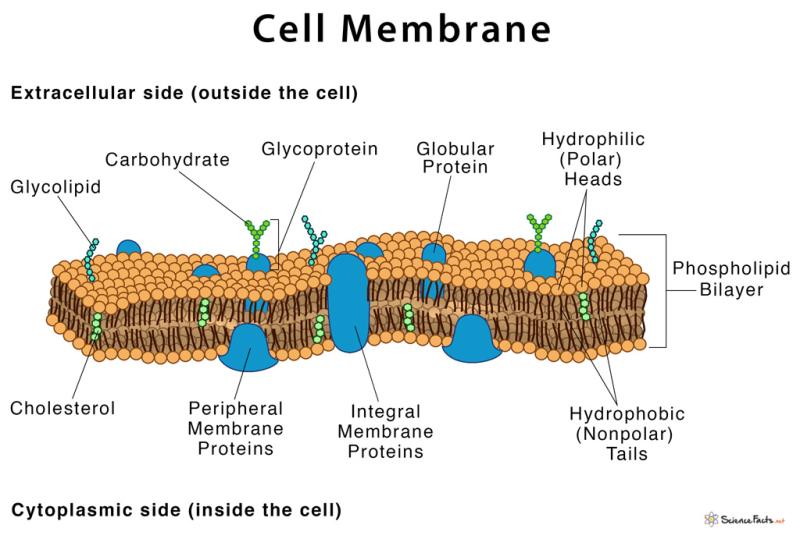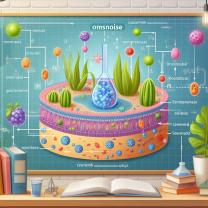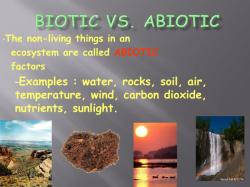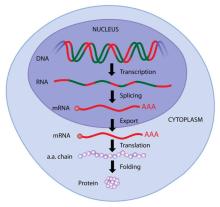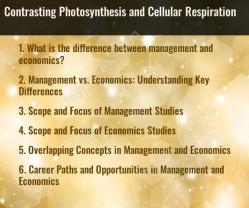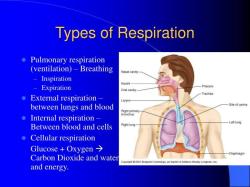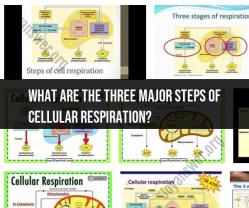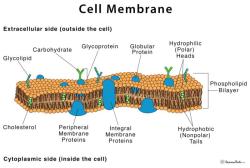What are the parts and functions of the cell membrane?
The cell membrane, also known as the plasma membrane, is a crucial structure that surrounds the cell, separating its internal environment from the external surroundings. It's composed of various components that perform essential functions for the cell. Here are the main parts and functions of the cell membrane:
1. Phospholipid Bilayer: The fundamental structure of the cell membrane is a phospholipid bilayer. It consists of two layers of phospholipid molecules, with hydrophilic (water-attracting) heads facing outward and hydrophobic (water-repelling) tails facing inward, creating a semi-permeable barrier.
2. Proteins:
- Integral Proteins: These proteins are embedded within the lipid bilayer. They perform various functions like transporting molecules across the membrane (transport proteins), acting as receptors for signaling (receptor proteins), and forming channels for the passage of ions and molecules (channel proteins).
- Peripheral Proteins: These proteins are found on the inner or outer surface of the membrane. They can serve as enzymes or play roles in cell signaling and maintaining the cell's shape.
3. Cholesterol: Cholesterol molecules are interspersed within the phospholipid bilayer. They provide stability to the membrane by regulating its fluidity and preventing it from becoming too rigid or too permeable.
4. Carbohydrates:
- Glycoproteins: Proteins with attached carbohydrate chains that extend outward from the cell surface. They are involved in cell recognition, immune response, and cell-to-cell communication.
- Glycolipids: Lipids with attached carbohydrate chains. They also contribute to cell recognition and interaction with other cells.
Functions of the Cell Membrane:
1. Selective Permeability: The cell membrane regulates the passage of substances into and out of the cell. It allows certain molecules (such as gases, small non-polar molecules) to pass freely, while using various transport proteins for the selective movement of ions, nutrients, and larger molecules.
2. Cell Signaling: Membrane proteins act as receptors that bind to specific molecules (hormones, neurotransmitters, etc.) initiating cellular responses. This signaling is crucial for coordination and communication between cells and their environment.
3. Cell Adhesion: Proteins on the cell surface help cells adhere to neighboring cells or the extracellular matrix, maintaining tissue structure and facilitating cell-to-cell interactions.
4. Protection and Structural Support: The cell membrane provides a barrier that protects the cell's internal structures and maintains the cell's shape and integrity.
Overall, the cell membrane's structure and components allow it to perform critical functions essential for cell survival, communication, and interaction with the external environment.
The cell membrane, also known as the plasma membrane, is a thin, flexible barrier that surrounds all cells. It is composed of a variety of molecules, including phospholipids, proteins, and carbohydrates. These molecules work together to give the cell membrane its structure and function.
1. Structural Components of the Cell Membrane
The three main structural components of the cell membrane are:
Phospholipids: Phospholipids are the most abundant molecules in the cell membrane. They are amphipathic molecules, meaning that they have both hydrophilic (water-loving) and hydrophobic (water-fearing) regions. This allows them to form a bilayer, with the hydrophilic heads facing outwards and the hydrophobic tails facing inwards. This bilayer structure is essential for the cell membrane's function as a barrier.
Proteins: Proteins are embedded in the phospholipid bilayer. They perform a variety of functions, including transport, signaling, and adhesion. Some proteins are channel proteins, which form pores in the membrane that allow ions and small molecules to pass through. Other proteins are receptor proteins, which bind to signaling molecules and trigger a response inside the cell. Still other proteins are adhesion proteins, which help the cell to attach to other cells or to the extracellular matrix.
Carbohydrates: Carbohydrates are attached to the outside of some proteins and lipids in the cell membrane. They form a glycocalyx, which is a sticky coat that surrounds the cell. The glycocalyx helps the cell to recognize other cells, to adhere to surfaces, and to protect the cell from damage.
2. Function of Phospholipids in the Cell Membrane
Phospholipids contribute to the cell membrane's function in several ways:
Form a barrier: The phospholipid bilayer is a barrier that prevents water and other molecules from freely passing into and out of the cell. This is important for maintaining the cell's internal environment and for protecting it from harmful substances.
Provide fluidity: The phospholipid bilayer is fluid, which allows the cell membrane to move and change shape. This is important for processes such as cell division and endocytosis.
Regulate transport: Phospholipids can help to regulate the transport of molecules across the cell membrane. This is because they can form pores in the membrane or they can bind to transport proteins.
3. Role of Proteins in the Cell Membrane
Proteins play a variety of roles in the cell membrane, including:
Transport: Proteins can transport ions, molecules, and macromolecules across the cell membrane. Some proteins form channels or pores in the membrane, while others bind to transport proteins and help them to carry molecules across the membrane.
Signaling: Proteins can act as receptors for signaling molecules. When a signaling molecule binds to a receptor protein, it can trigger a signal transduction pathway that leads to a change in the cell's behavior.
Adhesion: Proteins can help the cell to adhere to other cells or to the extracellular matrix. This is important for cell-to-cell communication, tissue formation, and cell movement.
Enzymatic activity: Some proteins that are embedded in the cell membrane have enzymatic activity. This means that they can catalyze chemical reactions that occur on the surface of the cell.
4. Function of Carbohydrates in the Cell Membrane
Carbohydrates function in the cell membrane in several ways:
Cell recognition: Carbohydrates can help the cell to recognize other cells. This is because different cells have different types of carbohydrates on their surface. When two cells with complementary carbohydrates come into contact, they can bind to each other.
Adhesion: Carbohydrates can also help the cell to adhere to other cells or to the extracellular matrix. This is important for cell-to-cell communication, tissue formation, and cell movement.
Protection: The glycocalyx, which is a sticky coat of carbohydrates that surrounds the cell, can help to protect the cell from damage.
5. Fluid Mosaic Model of Cell Membrane Organization
The fluid mosaic model is a model of the cell membrane that describes it as a dynamic and fluid structure. In this model, the phospholipids form a bilayer, with the proteins and carbohydrates embedded in the bilayer. The proteins and carbohydrates can move around within the bilayer, which allows the cell membrane to change shape and function.
The fluid mosaic model is supported by a number of experimental observations. For example, scientists have been able to use electron microscopy to visualize the proteins and carbohydrates embedded in the phospholipid bilayer. They have also been able to measure the fluidity of the cell membrane using techniques such as fluorescence microscopy.
The fluid mosaic model is a useful tool for understanding the structure and function of the cell membrane. It helps to explain how the cell membrane can be both a barrier and a dynamic structure that allows for the movement of molecules and information.
